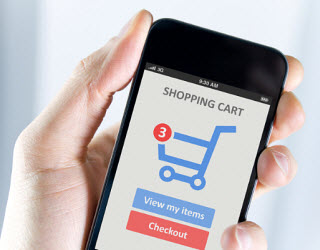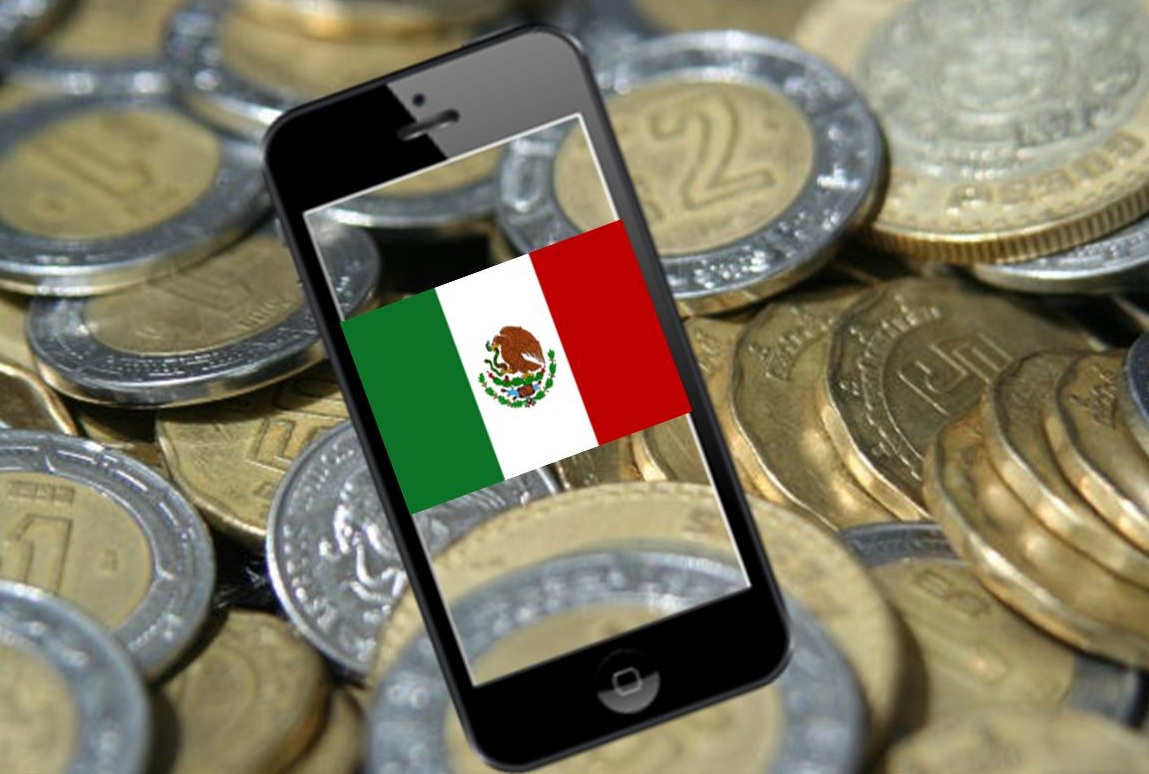IBM report shows that mobile traffic and shopping is on the rise in the US
Mobile now accounts for nearly half of all online retail traffic in the United States, according to the latest IBM Digital Analytics Benchmark. The report highlights the growing importance of the mobile space and how it is having a major impact on commerce in the digital world. The report makes note of the mobile commerce activity on Valentine’s Day, showcasing an increase in mobile shopping over what was recorded on the same day in the previous year.
Mobile traffic accounts for nearly half of all online retail traffic this year
According to the report, online shopping, as a whole, grew by 10% on Valentine’s Day. This may be due to numerous factors, including cold weather and powerful storms in some parts of the country. The report shows that mobile traffic accounted for 46.5% of all online traffic, highlighting the fact that many consumers are now using their smartphones and tablets to shop online. Higher traffic does not represent more sales, however.
Mobile commerce still represents a small portion of digital sales when compared to PC
 The report shows that mobile commerce represented 23% of all online sales, which is a 35% increase over mobile commerce sales last year. Mobile still represents a relatively small portion of online retail sales, however, as sales made from PCs remain the most significant force in online retail. The report shows that tablet users typically spent more than their smartphone counterparts. Tablet users spend an average of $98.56 per order, whereas smartphone users spent an average of $92.37 per order.
The report shows that mobile commerce represented 23% of all online sales, which is a 35% increase over mobile commerce sales last year. Mobile still represents a relatively small portion of online retail sales, however, as sales made from PCs remain the most significant force in online retail. The report shows that tablet users typically spent more than their smartphone counterparts. Tablet users spend an average of $98.56 per order, whereas smartphone users spent an average of $92.37 per order.
Mobile commerce continues to thrive because of its convenient nature
While PC still dominates the online retail space, mobile commerce is beginning to become a more prominent force. Many consumers are opting to shop for and purchase products from their mobile devices because of how convenient such a practice is. In the coming years, it is likely to become more common for consumers to participate in mobile commerce, especially during the holidays, when they want to avoid crowds and enjoy a convenient shopping experience.
Denny |
February 20, 2015
mPOS technology is now being adopted in a collaboration that is occurring between banks an tech vendors.
As a part of a greater effort to try to boost card based transactions and to encourage financial inclusion, banks in Mexico are now working with vendors providing mobile payments technology in order to be able to roll out mPOS solutions at small business locations.
This type of initiative is being encouraged by the Mexican government in order to boost cashless transactions.
In Mexico, current statistics show that about 70 percent of all purchases in the country are being made in cash. Moreover, cash and the informal economy is making up about 30 percent of that country’s GDP. Sixty four percent of the 1 million grocery stores in Mexico are small businesses that are typically family owned. This helps to illustrate the importance that businesses of that size have on the Mexican economy, and the difference they could make in the adoption of mobile payments technology.
The success of mobile payments in the country are greatly dependent on the adoption by mom-and-pop stores.
 According to the country manager for Visa Mexico, Luz Adriana Ramirez Chavez, “Mom-and-pop stores play a major part in Mexico’s retail economy, yet they lack the tools to compete effectively with larger retailers.” Ramirez Chavez went on to say that “By installing mPOS devices offering retail management software, they can have more control and grow their business. Also, when they start accepting cards, they benefit from higher sales tickets.”
According to the country manager for Visa Mexico, Luz Adriana Ramirez Chavez, “Mom-and-pop stores play a major part in Mexico’s retail economy, yet they lack the tools to compete effectively with larger retailers.” Ramirez Chavez went on to say that “By installing mPOS devices offering retail management software, they can have more control and grow their business. Also, when they start accepting cards, they benefit from higher sales tickets.”
In November, last year, Tableta Concanaco was launched. This is a program that is meant to provide SMEs and micro-businesses with mPOS technology. It was a combined effort between the Sistema de Administración Tributaria (SAT/Tax Administration system), the Mexican tax authority, and the Confederación de Cámaras Nacionales de Comercio, Servicios y Turismo (Concanaco – Servytur/Confederation of National Chambers of Commerce, Services and Tourism).
Beyond a subsidized tablet with a mobile payments point of sale subsidized software built in that provides electronic invoicing and inventory management, each of the business owners that participate in the program are also given a Visa debit card into which the card transactions from customers will be deposited.
 The report shows that mobile commerce represented 23% of all online sales, which is a 35% increase over mobile commerce sales last year. Mobile still represents a relatively small portion of online retail sales, however, as sales made from PCs remain the most significant force in online retail. The report shows that tablet users typically spent more than their smartphone counterparts. Tablet users spend an average of $98.56 per order, whereas smartphone users spent an average of $92.37 per order.
The report shows that mobile commerce represented 23% of all online sales, which is a 35% increase over mobile commerce sales last year. Mobile still represents a relatively small portion of online retail sales, however, as sales made from PCs remain the most significant force in online retail. The report shows that tablet users typically spent more than their smartphone counterparts. Tablet users spend an average of $98.56 per order, whereas smartphone users spent an average of $92.37 per order.
 According to the country manager for Visa Mexico, Luz Adriana Ramirez Chavez, “Mom-and-pop stores play a major part in Mexico’s retail economy, yet they lack the tools to compete effectively with larger retailers.” Ramirez Chavez went on to say that “By installing mPOS
According to the country manager for Visa Mexico, Luz Adriana Ramirez Chavez, “Mom-and-pop stores play a major part in Mexico’s retail economy, yet they lack the tools to compete effectively with larger retailers.” Ramirez Chavez went on to say that “By installing mPOS 